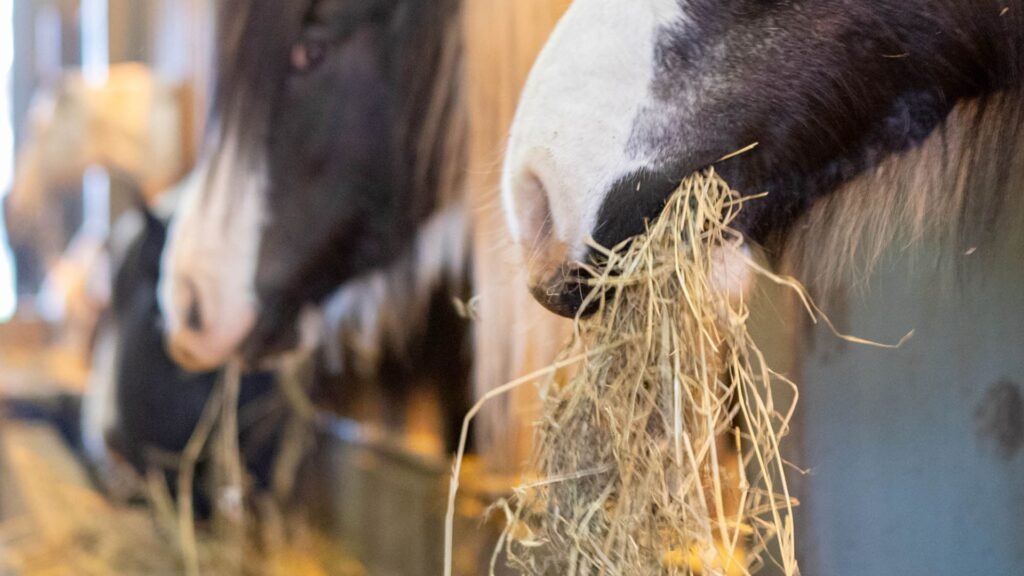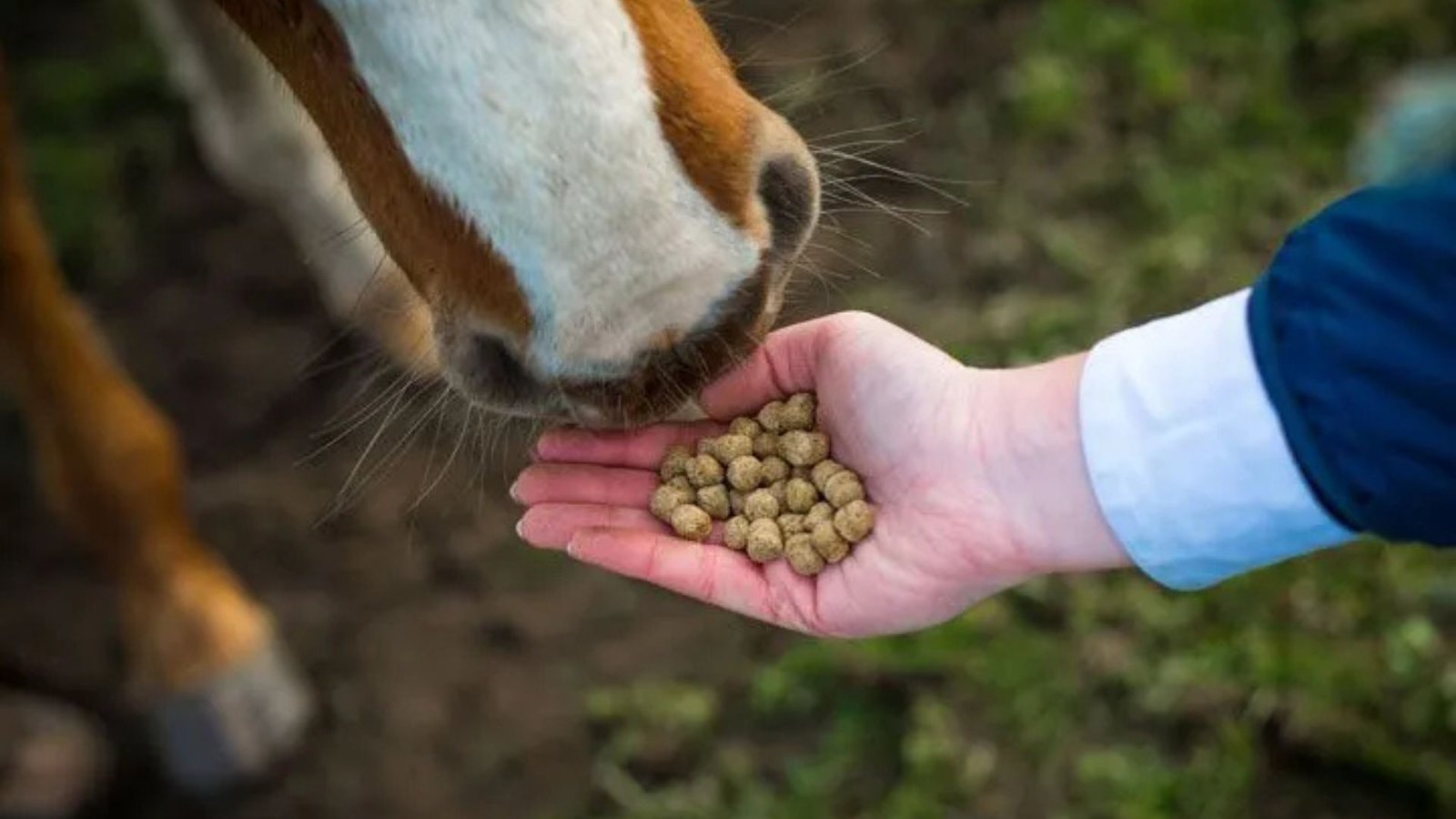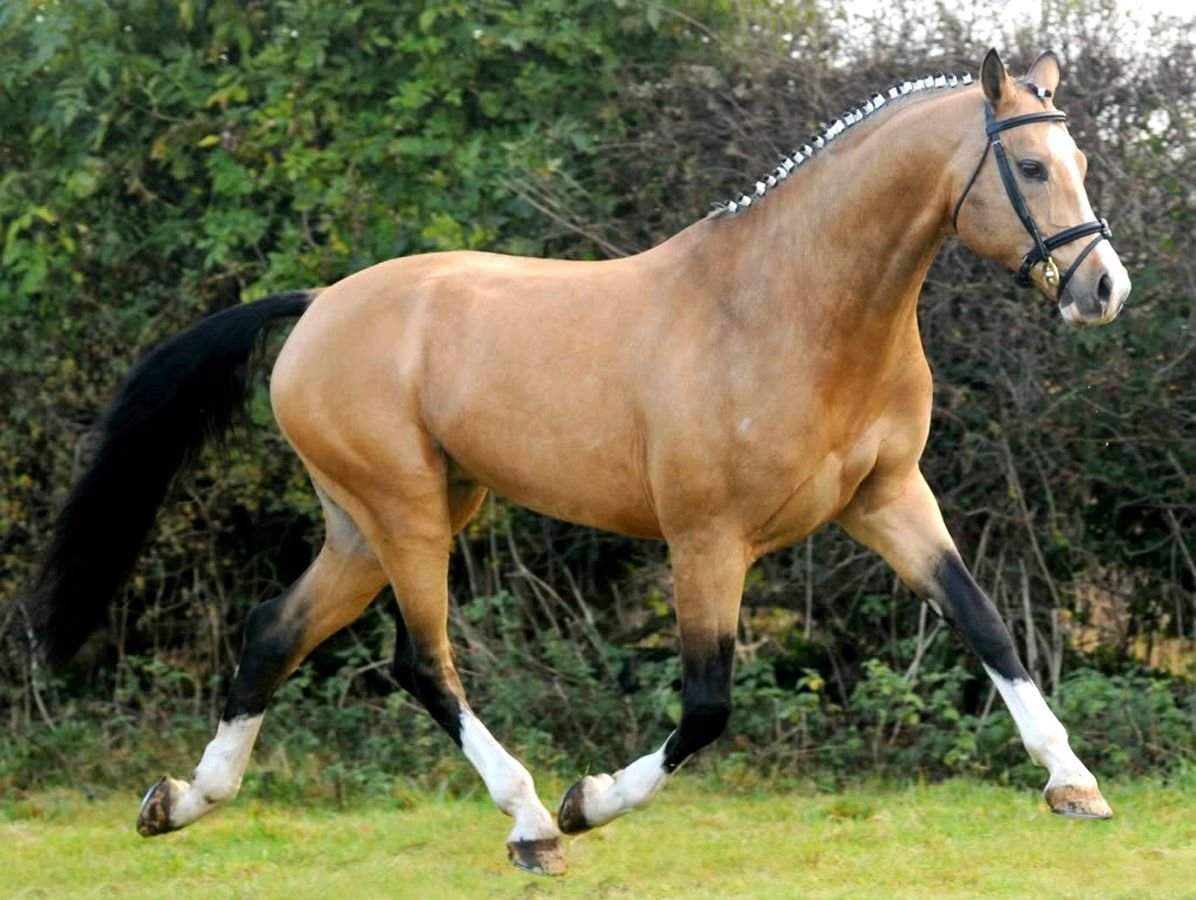Warmblood horses are known for their strength, agility, and beauty. They are commonly used in various equestrian sports, including dressage, show jumping, and eventing. These horses require a well-balanced diet to maintain their health, energy, and performance levels. If you’re a Warmblood horse owner or caretaker, it’s crucial to understand the nutritional needs of your horse to keep it in top shape. In this article, we’ll provide detailed feeding tips for Warmblood horses, covering everything from their basic nutritional requirements to meal schedules and special considerations.

Understanding the Nutritional Needs of Warmblood Horses
Warmbloods are typically large, muscular horses with high energy levels. Their diet must support both their physical activity and their size. The primary nutrients needed by Warmblood horses are:
- Proteins:
Protein is essential for muscle repair and growth, which is particularly important for active horses. It helps in the recovery of muscles after exercise and maintains muscle tone. Quality sources of protein include alfalfa, soybeans, and other legume-based feeds. - Carbohydrates:
Carbohydrates are the main source of energy for Warmblood horses, especially those involved in intense training. They provide fuel for muscles and help maintain energy throughout the day. The best sources of carbohydrates for horses include hay, oats, and grains like barley and corn. - Fats:
Fats provide concentrated energy and help in maintaining a healthy coat and skin. They also play a role in absorbing certain vitamins. Including vegetable oils or flaxseeds in your Warmblood’s diet can provide a good source of fat. - Vitamins and Minerals:
Vitamins and minerals are crucial for overall health, including bone health, immune function, and muscle performance. Ensure your Warmblood horse gets a balanced supply of vitamins A, D, and E, along with minerals like calcium, phosphorus, and magnesium. These can be provided through fortified feeds or mineral supplements.
Choosing the Right Hay for Warmblood Horses
Hay should be the primary source of fiber in your horse’s diet. For Warmbloods, high-quality hay is essential to meet their digestive and nutritional needs. There are different types of hay available, and selecting the right one depends on your horse’s needs:
- Timothy Hay: This is a popular choice for most horses and provides a good balance of fiber. It helps maintain digestive health and prevent colic.
- Alfalfa Hay: Alfalfa is higher in protein and calcium compared to Timothy hay. It’s ideal for young, growing horses or those in heavy training.
- Meadow Hay: Meadow hay is a mix of grasses and provides a more varied fiber content. It’s a good choice for horses that need a more balanced diet.
Make sure the hay is free of mold or dust, as these can cause respiratory issues in horses.
Grain and Supplementing Your Warmblood’s Diet
Grains like oats, barley, and corn are often used to supplement the diets of performance horses like Warmbloods. These grains provide easily digestible carbohydrates that give horses the energy they need for performance.
However, not all Warmbloods need grain in their diet. If your horse is in light work or has easy access to quality hay, you may not need to add grain. Overfeeding grain can lead to obesity or metabolic issues, so it’s important to evaluate your horse’s individual needs.
In addition to grains, some horse owners may choose to add supplements. Supplements can be beneficial for ensuring that your Warmblood horse receives all the necessary vitamins, minerals, and additional nutrients. Common supplements include joint health formulas, digestive aids, and coat enhancers.
Feeding Schedules for Warmblood Horses
Creating a consistent feeding schedule is important for the health and well-being of your Warmblood horse. Horses are grazing animals by nature and should be fed multiple times throughout the day.
- Twice a Day: For most adult horses, feeding two times per day is sufficient. This includes a morning and evening feed, with hay and grain if necessary.
- Small, Frequent Meals: If your Warmblood is in intense training or has metabolic concerns, smaller, more frequent meals might be required to maintain energy levels and prevent digestive problems.
- Ensure Access to Fresh Water: Always provide access to clean, fresh water. Hydration is key to maintaining your horse’s health and preventing issues like colic.
Conclusion
Feeding your Warmblood horse is a crucial part of maintaining its health and performance. Providing the right balance of proteins, carbohydrates, fats, and fiber ensures your horse has the energy to perform at its best and the nutrients necessary for a long, healthy life. Pay attention to their individual needs, create a consistent feeding routine, and consult with a veterinarian or equine nutritionist for advice tailored to your horse’s unique circumstances. With proper care and nutrition, your Warmblood can thrive in both daily life and competitive environments.











